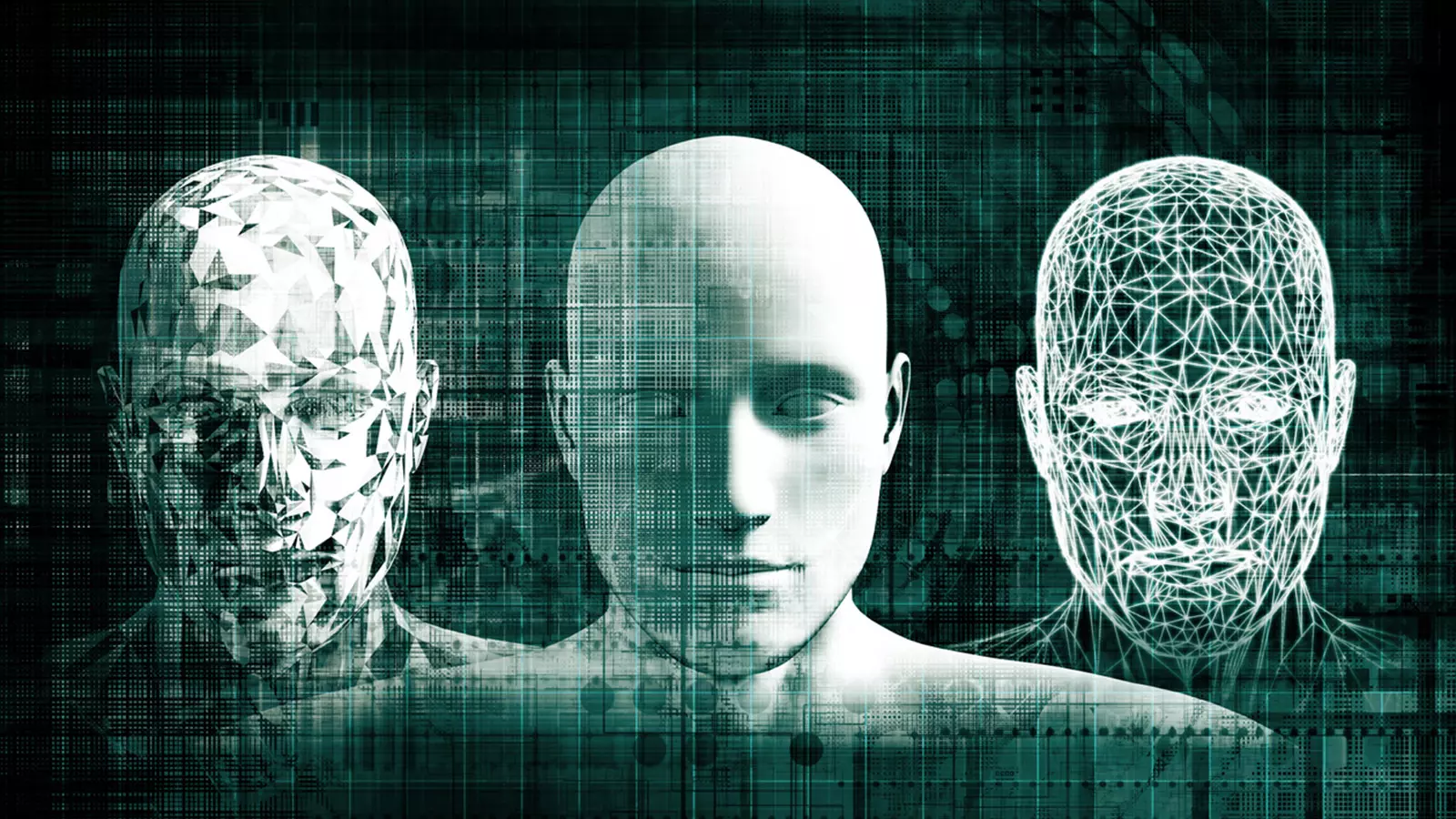
Explained: What is deepfake and how can you identify such content?
Videos like these are also used to create entirely original content where someone is shown doing or saying something they didn’t do or say

A deepfake video of Bollywood actress Rashmika Mandanna that went viral on Monday not only triggered outrage on social media platforms but also led to call for legal framework to deal with the menace.
Mandanna’s deepfake also sent shockwaves in the film industry with megastar Amitabh Bachchan demanding legal action against those responsible for the act while also emphasising on the need for new legal measures. Though a fact checker swiftly debunked the video and revealed that it was a deepfake, the Union government took a serious note of the issue.
Union Minister of State for Electronics and IT Rajeev Chandrasekhar said, “Deepfakes are the latest and even more dangerous and damaging form of misinformation and need to be dealt with by platforms.” He added that as per the latest IT Rules 2023, it is the duty of social media platforms to take down any mischievous and defamatory content within 36 hours after a complaint is lodged with them.
What is deepfake?
Deepfake is a multimedia content (image or video), in which the users morph the face or body of a targeted person using AI to spread fake information about the person on social media platforms such as WhatsApp.
It has been dubbed as the 21st century's answer to Photoshopping. Deepfakes use a form of artificial intelligence called deep learning to make images of fake event, hence the name.
According to Tech Target, deepfakes transform existing source content where one person is swapped with another. For instance, in case of Rashmika Mandanna, her face has been swapped with British-Indian woman Zara Patel. Videos like these are also used to create entirely original content where someone is shown doing or saying something they didn’t do or say.
Though during the initial days of this technology, it was primarily being used to bring out comic videos, deepfakes are now also being misused to tarnish the image of high-profile people such as politicians and actors so that the victim loses popularity just before elections or a movie’s box office prospects are spoiled.
How to identify deepfake content
Though the quality of deepfakes has improved a lot over the last few years with the advancement in generative Artificial Intelligence (AI), it isn’t that difficult to differentiate a fake video from an original one.
You need to closely watch the content right from the beginning. For instance, the deepfake video of Rashmika Mandanna clearly shows that initially it was a different person (Zara Patel) and the deepfake technology took affect only after she stepped into the lift.
One can also identify the deepfakes by observing the person’s facial expression and lip sync issues. There will be irregular changes in expression during a conversation or an act. A minor audio/video sync issue will always be there in the deepfake video. Watching the viral videos repeatedly may help you reach a conclusion whether it is a deepfake or not.
You may also find a clue by looking minutely at the person in the video, as deepfakes will have a minor variation of body posture, which may not be consistent with a real person’s behaviour.
Checking the source of the video is also a way to verify the authenticity of the content. Search the same content on search engine platforms to confirm and avoid jumping the gun. Besides, there are a host of online tools from Sentinel, WeVerify, Reality Defender, and NewsGuard Misinformation Fingerprints, but these are subscription services.
What is the Union government doing to curb the menace?
The Centre is reportedly in the process of sending WhatsApp a notice, seeking the identity of users who first shared deepfakes on the social messaging platform. The move, the first of its kind, comes ahead of the 2024 Lok Sabha elections.
According to government sources, the necessity has arisen due to deepfake videos of politicians doing the rounds on WhatsApp. With 535.8 million users in India, WhatsApp is the most-used messaging platform in the country.
Union Minister of State for Electronics and IT Rajeev Chandrasekhar confirmed the Centre’s proposed move when he said the provision of “traceability” need “to be invoked to create some accountability”. “The anonymous use of messaging platforms to propagate fake videos and audio is a major challenge we are grappling with. The traceability provision needs to be invoked to create some accountability and put brakes on this practice,” he said.

